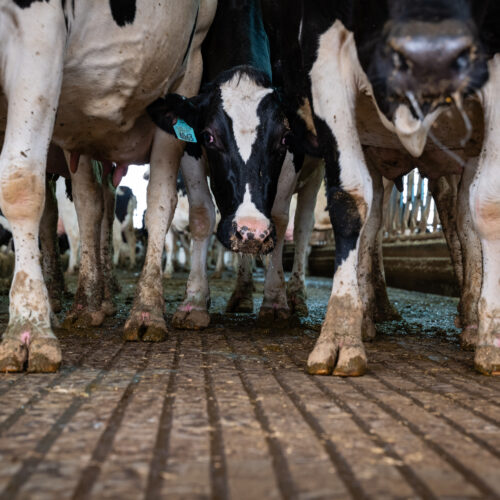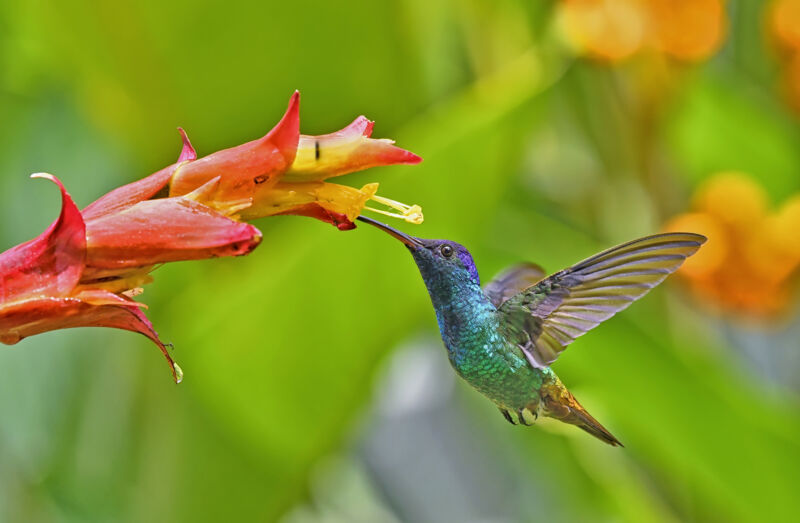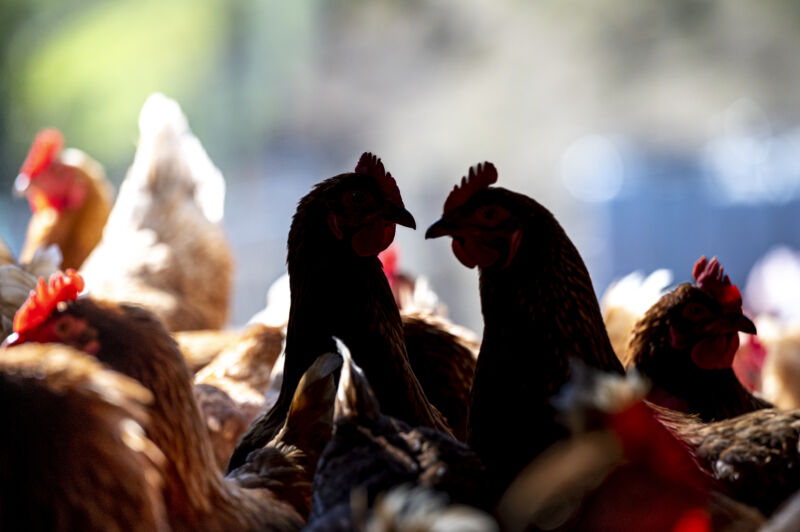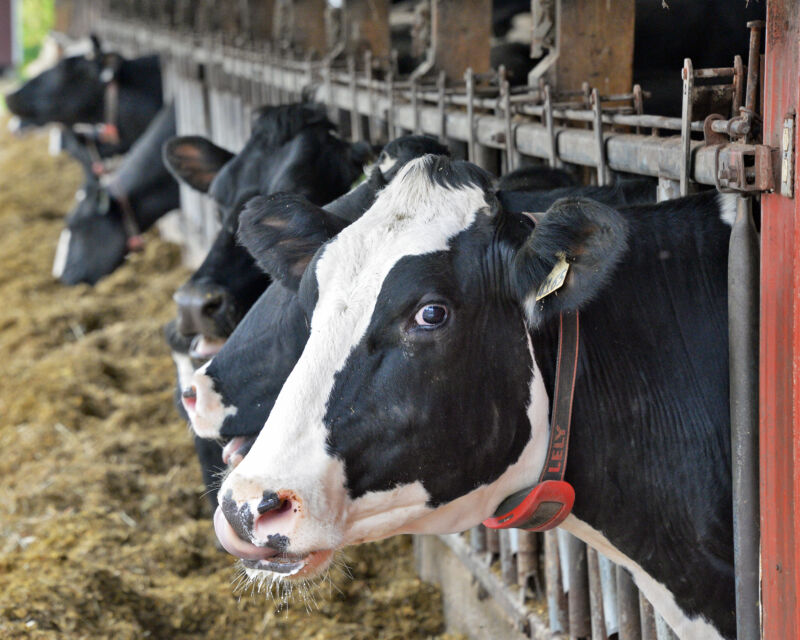Bird flu hit a dead end in Missouri, but it’s running rampant in California
As H5N1 bird flu continues to spread wildly among California dairy herds and farmworkers, federal health officials on Thursday offered some relatively good news about Missouri: The wily avian influenza virus does not appear to have spread from the state's sole human case, which otherwise remains a mystery.
On September 6, the Missouri Health department announced that a person with underlying health conditions tested positive for bird flu, and later testing indicated that it was an H5N1 strain related to the one currently circulating among US dairy cows. But, state and federal health officials were—and still are—stumped as to how that person became infected. The person had no known contact with infected animals and no contact with any obviously suspect animal products. No dairy herds in Missouri have tested positive, and no poultry farms had reported recent outbreaks, either. To date, all other human cases of H5N1 have been among farmworkers who had contact with H5N1-infected animals.
But aside from the puzzle, attention turned to the possibility that the unexplained Missouri case had passed on the infection to those around them. A household contact had symptoms at the same time as the person—aka the index case—and at least six health care workers developed illnesses after interacting with the person. One of the six had tested negative for bird flu around the time of their illness, but questions remained about the other five.


© Getty | Matthew Ludak


